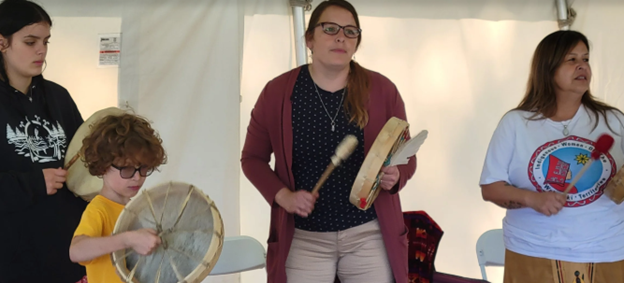Solidarity Statement For Gaza From Wolastoqewi-Mothers, Grandmothers, And Aunties
As Wolastoqewi-Mothers, Grandmothers, and Aunties—keepers of life, memory, and spirit—we speak today not out of anger, but out of deep sorrow and responsibility.
Our teachings remind us that every child is sacred, that land is not a possession but a living relative, and that dignity belongs to all peoples, no matter how far from our own homeland they may be. We have long followed a path of non-interference, respecting the sovereignty and self-determination of other nations. This is a principle that has allowed us to survive, to heal, and to remain rooted in our own identity.
Yet, there are moments in history when silence becomes too heavy to bear.















